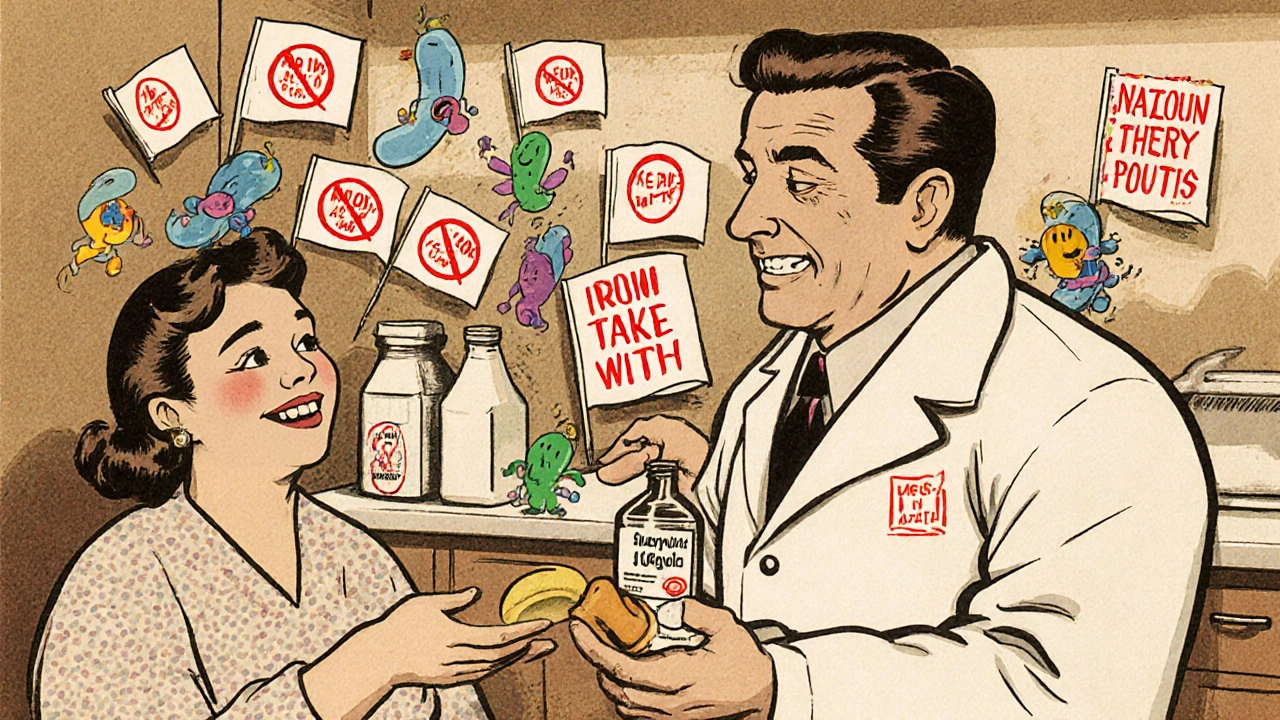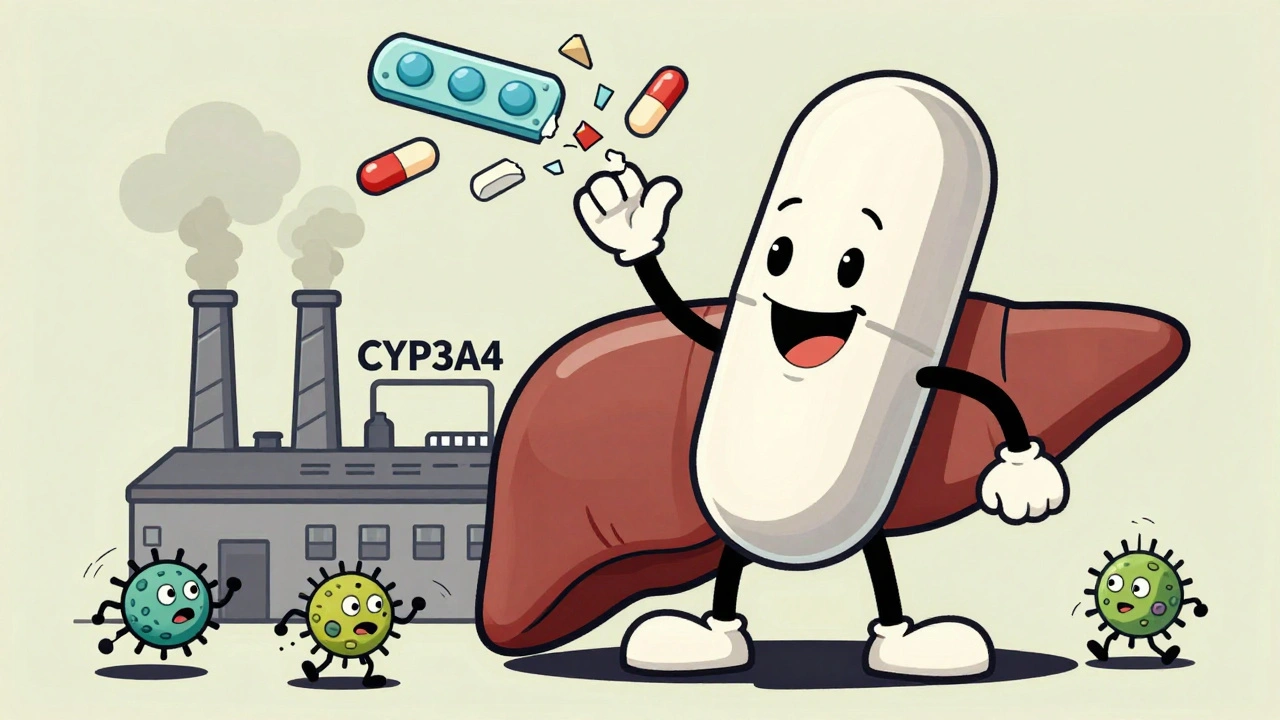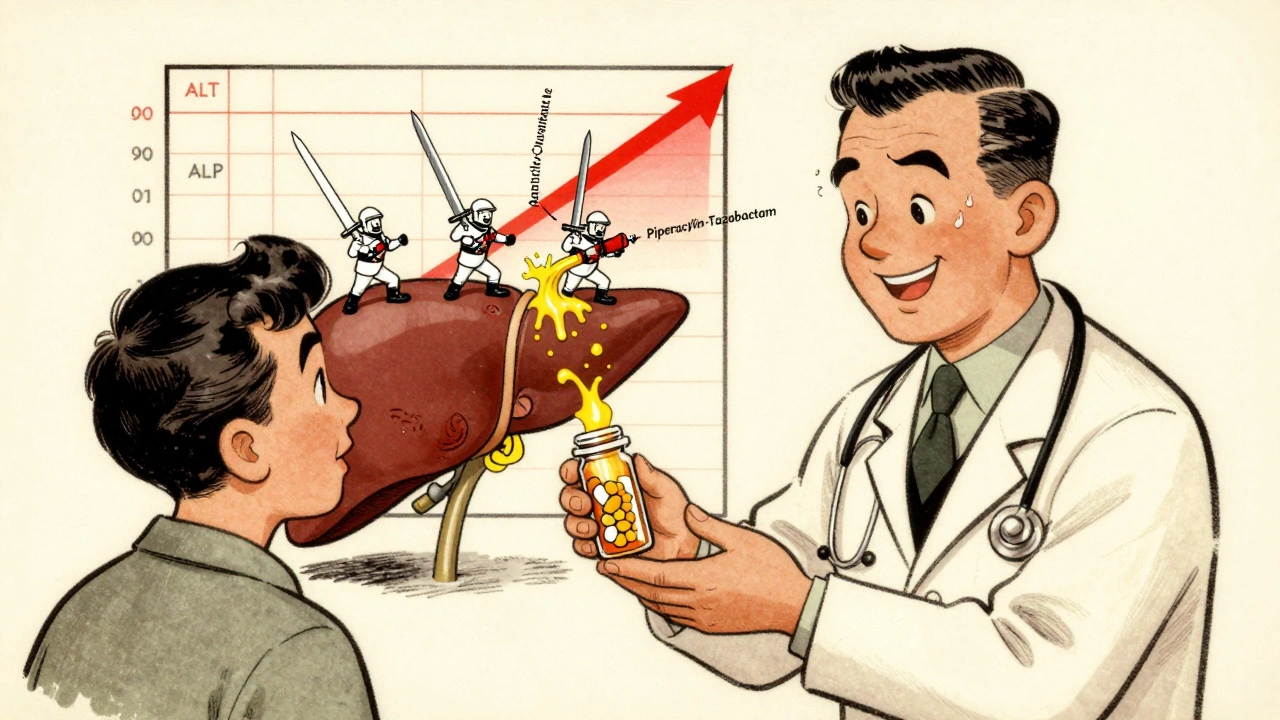Tetracycline Side Effects: What You Need to Know Before Taking It
When you take tetracycline, a broad-spectrum antibiotic used to treat bacterial infections like acne, respiratory infections, and Lyme disease. Also known as a tetracycline-class antibiotic, it works by stopping bacteria from making proteins they need to grow. But like all antibiotics, it doesn’t just target the bad guys—it can mess with your body too. That’s why knowing the common and rare side effects of tetracycline matters more than just knowing it fights infection.
Most people who take tetracycline get mild stomach issues—nausea, vomiting, or diarrhea. These aren’t rare. In fact, up to 1 in 5 users report them. Taking it on an empty stomach makes it worse. That’s why doctors tell you to take it one hour before or two hours after meals. But here’s the catch: milk, antacids, and iron supplements can block it from working. If you’re on any of those, you need to space them out by at least three hours. It’s not just a suggestion—it’s how you make sure the drug actually does its job.
Some side effects are more serious. Tetracycline can make your skin super sensitive to sunlight. You might not think twice about a quick walk outside, but if you’re on this drug, even a short time in the sun can give you a bad sunburn or blistering rash. That’s why you need to wear sunscreen and cover up. In rare cases, it can damage your liver or cause a dangerous type of diarrhea called C. diff. If you get watery or bloody stools after starting tetracycline, stop taking it and call your doctor right away. Kids under 8 and pregnant women shouldn’t take it at all—it can permanently stain developing teeth and affect bone growth.
It also plays nice—or not so nice—with other drugs. If you’re on blood thinners, birth control, or even some seizure meds, tetracycline can change how they work. That’s why your doctor needs to know everything you’re taking. And don’t assume that because it’s an old drug, it’s safe. Antibiotic resistance is real, and misusing tetracycline makes it worse. You don’t want to be the reason the next person can’t get it to work.
What you’ll find below are real, detailed posts that dig into what tetracycline does to your body, how it compares to other antibiotics like doxycycline and minocycline, what to do if you have a reaction, and how to avoid dangerous interactions. These aren’t generic warnings—they’re practical, tested insights from people who’ve been there. Whether you’re considering tetracycline, already taking it, or just curious about antibiotic risks, this collection gives you the facts without the fluff.

Sumycin (Tetracycline) vs Alternatives: What Works Best for Infections Today
- 13 Comments
- Nov, 1 2025
Sumycin (tetracycline) is rarely the best antibiotic today. Learn how doxycycline, amoxicillin, and azithromycin compare in effectiveness, safety, and ease of use for common infections.




